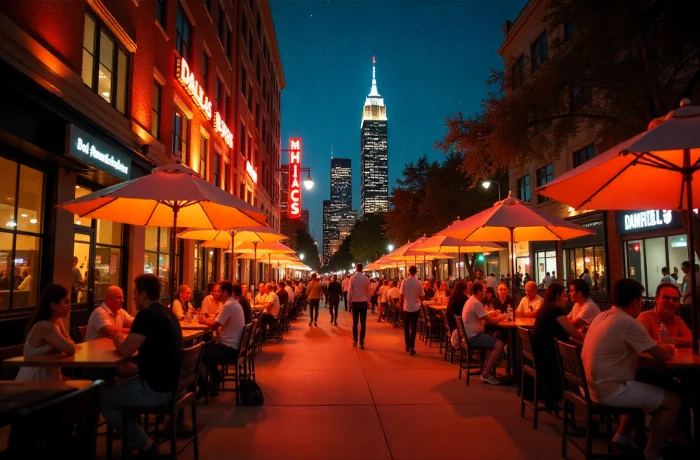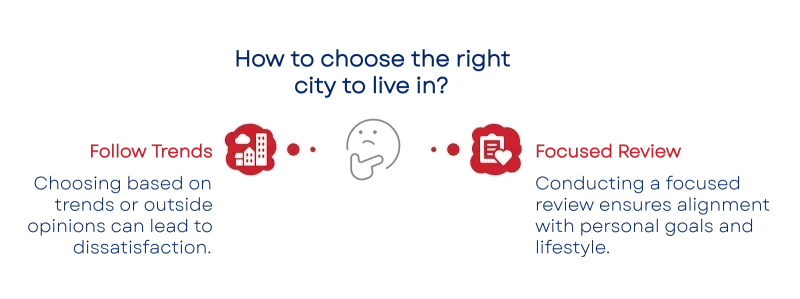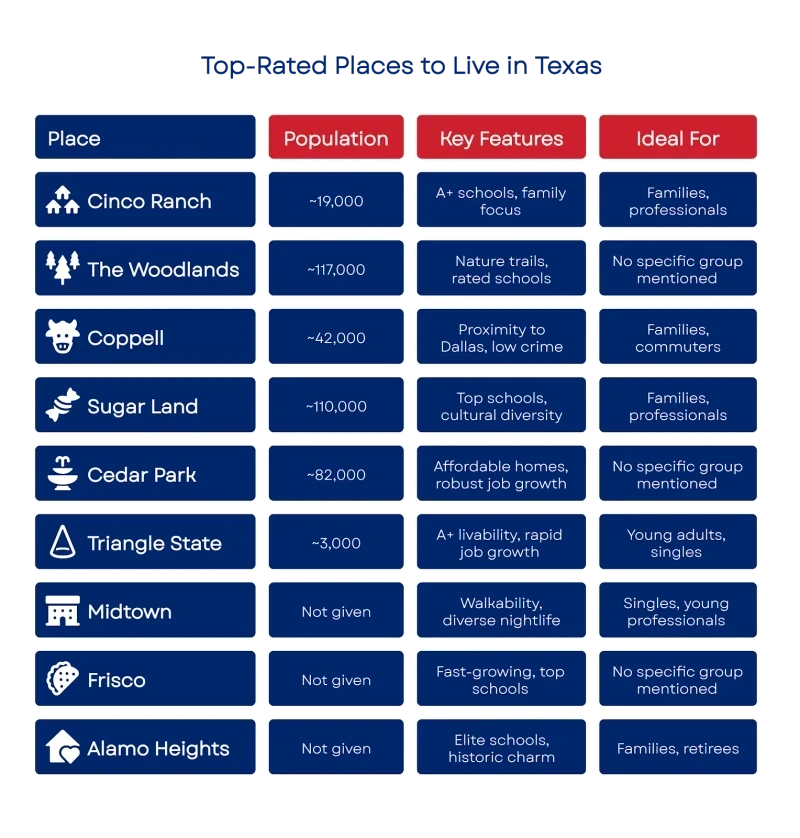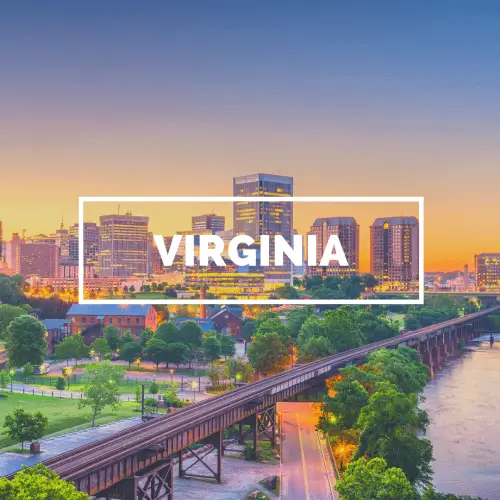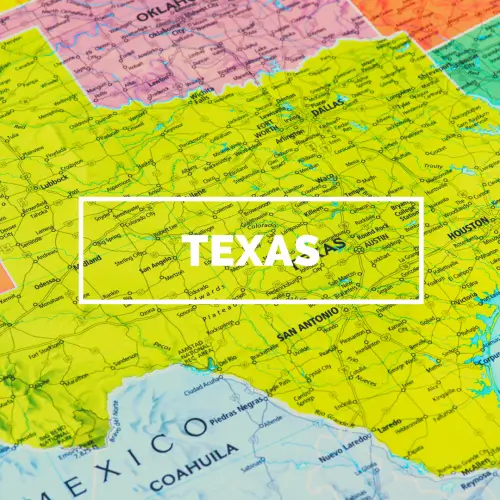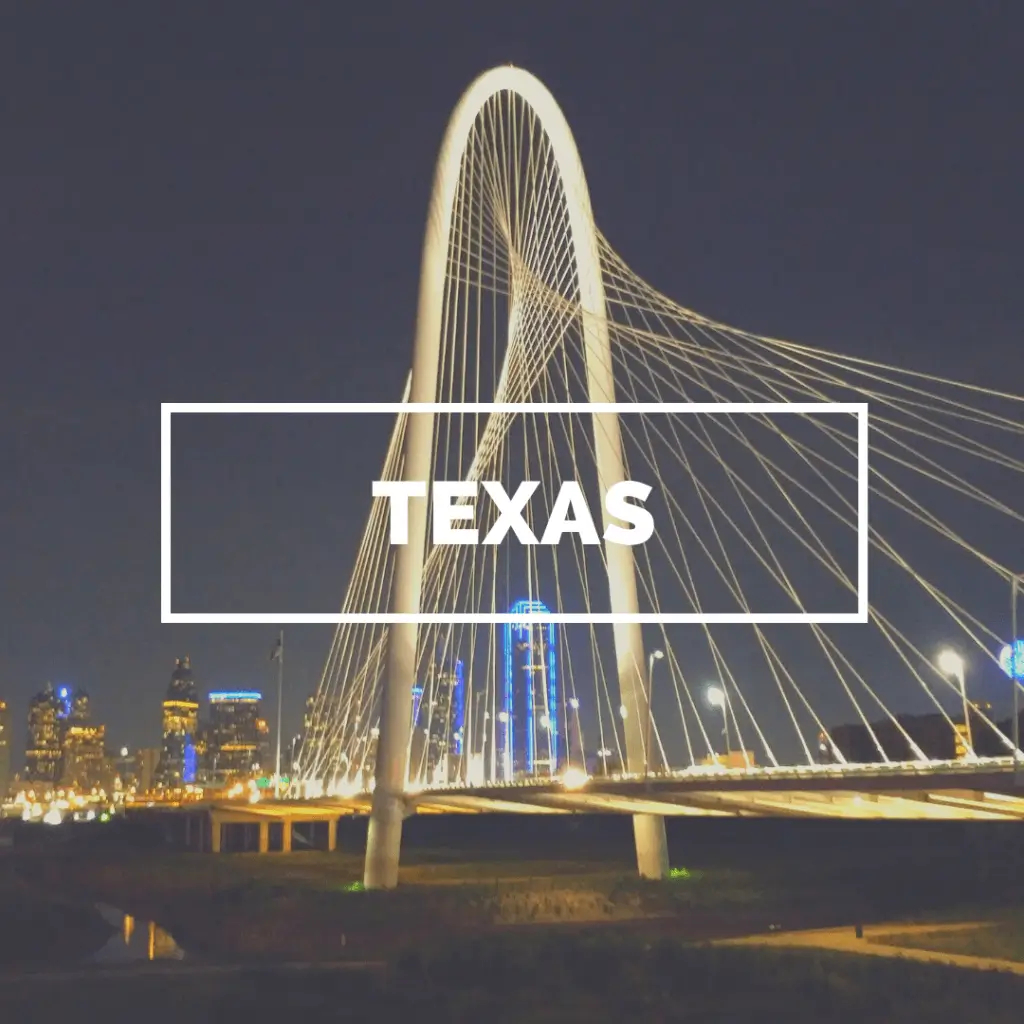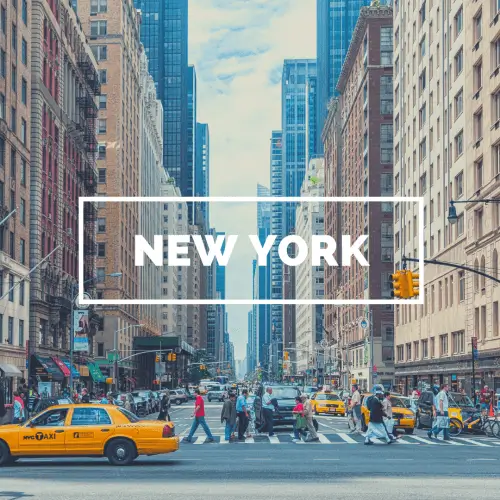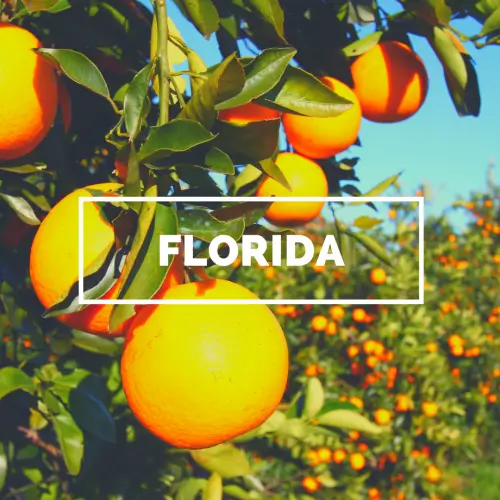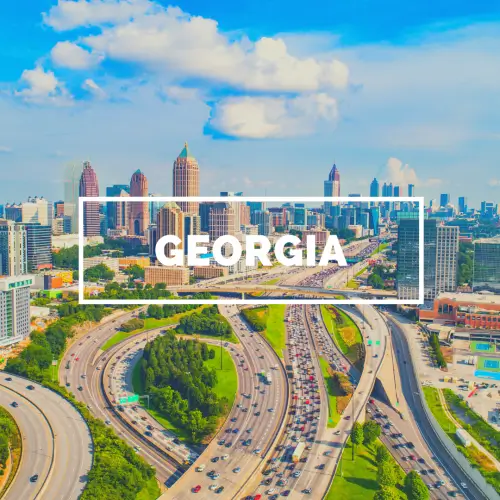You might think you’ve found the right place. The homes are affordable. The schools are rated well. Crime seems low. Commutes aren’t bad. But then you move in and realize it’s not a match for your goals or the way you live.
That’s what happens when people choose based on trends or outside opinions instead of doing a focused review of what matters to them.
Too many people waste years in the wrong city—not because they made a bad decision, but because they didn’t have the right information.
What You’ll Learn
In this guide, you’ll find:
A breakdown of Texas cities that offer the right mix of affordability, safety, and long-term value
How to match your current goals with locations that support those needs
Local insights on neighborhoods, commute times, and job markets that most lists don’t include
Summary
Texas offers everything from modern urban centers to scenic suburbs and thriving small cities. The best place for you depends on your priorities, including job opportunities, schools, family-friendliness, diversity, and affordability. Here are the top-rated places to live in Texas in 2025 based on expert rankings, resident reviews, and recent market trends.
Top-Ranked Texas Suburbs & Small Cities
1. Cinco Ranch (Suburb of Houston)
Why it stands out: A+ schools, family focus, safe neighborhoods, active community, and growing job opportunities.
Population: ~19,000
Ideal for: Families, professionals, and anyone wanting master-planned, amenity-rich living.
2. The Woodlands (Houston area)
Key features: Vibrant, master-planned city with miles of nature trails, highly rated schools, and a strong sense of community.
Population: ~117,000
Highlights: Abundant parks, shopping, business centers, and cultural events.
3. Coppell (Dallas area)
Key features: Proximity to Dallas, excellent schools, low crime, and strong local traditions.
Population: ~42,000
Who it’s for: Families and commuters seeking suburban tranquility with city access.
4. Sugar Land (Houston area)
Key features: Top-rated public schools, close-knit neighborhoods, cultural diversity.
Population: ~110,000
Who it’s for: Families and professionals seeking safety, schools, and a strong local economy.
5. Cedar Park (Austin area)
Why it’s trending: Rated one of the best small cities in America in 2025, known for affordable homes, excellent schools, and robust job growth.
Population: ~82,000
Highlights: Affordability, access to Austin, clean and green community, and low crime rates.
Thriving Neighborhoods & Urban Areas
6. Triangle State (Austin)
Urban chic, with A+ livability, vibrant restaurants, and rapid job growth.
Population: ~3,000
For: Young adults, singles, and professionals.
7. Midtown, Museum Park, Neartown (Houston)
Urban perks: Walkability, diverse nightlife and dining, new developments, and proximity to major employers.
Best for: Singles, couples, young professionals.
8. Frisco, Plano, McKinney (Dallas area)
Why popular: Fast-growing, top schools, sports, and a friendly, modern feel.
Economic boom: Tech, healthcare, and corporate campus growth.
9. Alamo Heights (San Antonio)
Charming, historic: Elite schools, beautiful homes, tree-lined streets, and strong community pride.
Best for: Families and retirees valuing classic neighborhoods.
Austin Suburbs Still on the Rise
Leander: Popular for families, top public schools, and active civic events. Median home value ~$440,000; average commute 35 minutes to downtown Austin.
Georgetown: Small-town charm, great for families and retirees with a historic downtown and plenty of parks.
Quality of Life & Big Texas Cities
Austin: Still a magnet for young talent, tech jobs, and vibrant nightlife, though affordability is fading.
Dallas & Houston: Huge job markets, diversity, and endless amenities. Ideal for individuals who enjoy urban living and want a wide range of job opportunities.
San Antonio & Fort Worth: Offer lower living costs, cultural richness, and strong job opportunities.
Suburbs for Young Professionals
Addison (Dallas): Urban lifestyle, nightlife, tech jobs.
Southside Place (Houston): Close to medical, arts, and sports venues, with high safety and a small-town feel.
Webster, Texas: Affordable, quiet, and convenient for commuters to Houston.
Up-and-Coming Areas
Flower Mound, Celina, Prosper (North Texas): Excellent schools, planned growth, ideal for families or those seeking new communities.
What Makes These Places the Best?
A+ Public Schools
Low Crime Rates
Career Opportunities
Affordable Home Values (relative to income)
Strong Sense of Community
Recreation and Green Spaces
Whether you want a family-centered suburb, a lively urban neighborhood, or a laid-back small city, Texas offers one of the nation’s most diverse selections of thriving communities for every lifestyle and stage of life.
The Right Fit Matters
Think of your life as a set of priorities. Career. Family. Time. Values. When the city you live in doesn’t support those priorities, everything starts to feel out of balance.
Texas gives you choices. Some places are better for young professionals seeking career advancement opportunities. Others are stronger for families who need schools and stability. Some cities offer quieter living with space and a slower pace.
What Makes a City One of the Best Places to Live in Texas?
Not every popular city is a good place to settle. The best places to live in Texas share specific traits. These are based on long-term value, not trends.
Here’s what matters most:
Strong public schools: Families often choose where to live based on school performance. High-rated schools support both stability and home value.
Low crime rates: Safety affects daily routines, property investment, and peace of mind. Cities with low crime usually have stronger community ties.
Career opportunities: A strong local economy gives people more job options and shortens commute times. That supports both income and quality of life.
Affordable home values: It’s not just about price. It’s about how well a typical income covers basic costs. Affordability helps families plan and grow.
Community involvement: People stay longer in cities where neighbors are active, local businesses are supported, and events bring people together.
Parks and recreation: Access to walking trails, public parks, and sports fields supports health and offers balance to work life.
These factors help people live well. They also support stability for the future.
Top-Ranked Texas Suburbs and Small Cities (2025)
Many Texas residents are choosing smaller cities and suburbs over large metro centers. These areas offer more room, safer neighborhoods, and reliable access to schools and jobs. The locations below continue to rank high for quality of life in 2025.
Cinco Ranch (West of Houston)
Cinco Ranch is a well-established master-planned community located within the Katy area. It offers a structured environment that supports family life and long-term stability.
Served by Katy ISD, one of the highest-rated districts in the state
Crime rates remain low across residential areas
Local trails, green space, and community pools add to livability
Cinco Ranch continues to attract families and professionals who value structure, education, and low-crime living. It’s a stable choice for people planning to stay long term and build within a strong, well-organized community.
The Woodlands (North of Houston)
The Woodlands blends suburban living with built-in commercial and healthcare services. It’s often chosen by professionals who want reliable infrastructure without living in central Houston.
Employers located within the community reduce commute pressure
Access to Lake Woodlands, public parks, and walking trails
Schools and services are designed to support long-term residents
For those looking for a place that blends employment, recreation, and residential comfort, The Woodlands offers all three in one location. Its planning and services make it one of the most complete communities in the state.
Coppell (Northwest of Dallas)
Coppell offers stable housing, strong schools, and proximity to major employers. It attracts professionals seeking quieter neighborhoods without sacrificing access to jobs.
Coppell ISD schools consistently score above state averages
Low crime and high resident retention
Well-connected to DFW Airport and the broader Dallas market
Coppell stands out for its balance of location, safety, and education. It’s a fit for people who want reliable public services and easy access to work without the density of downtown Dallas.
Sugar Land (Southwest of Houston)
Sugar Land is one of the most economically diverse cities near Houston. It continues to attract residents who want safety, solid schools, and access to stable jobs.
Fort Bend ISD serves the area with multiple high-performing campuses
Local economy includes healthcare, engineering, and regional headquarters
Public safety, infrastructure, and recreational services are well-funded
Sugar Land offers a wide range of housing and career access within a diverse, well-managed city. Its steady growth and strong community services make it one of the more future-proof options in the Houston area.
Cedar Park (Northwest of Austin)
Cedar Park offers an affordable alternative to Austin, maintaining access to tech jobs and high-quality schools. It supports families and working professionals looking for a balanced lifestyle.
Served by Leander ISD, which has strong academic ratings
Home prices remain more affordable than in central Austin
Investment in roads and local parks continues to grow
Cedar Park remains a solid pick for families and professionals who need to stay close to Austin but want fewer of the daily pressures that come with it. The city continues to grow without losing the core features that make it livable.
These suburbs offer practical options for those looking beyond the bigger cities. They balance access to opportunity with livability, making them ideal for people focused on long-term value. In the next section, we’ll shift focus to neighborhoods inside Texas’s most significant cities that are also drawing attention in 2025.
Thriving Urban Neighborhoods
While suburbs offer space and stability, many people still prefer living closer to city centers. Urban neighborhoods in Texas continue to grow, especially in areas with strong job markets and access to services. These locations offer more walkability, cultural access, and shorter commutes for professionals who want to stay connected to daily city life.
Triangle State (Austin)
Triangle State sits just north of downtown Austin and appeals to residents who want a central location with less congestion than the city core. It offers easy access to the University of Texas, Central Tech offices, and local shopping.
Short commute to downtown and the UT campus
Walkable dining and shopping along Lamar Boulevard
Appeals to young professionals in tech, education, and public service
This neighborhood continues to attract renters and owners who want to stay close to Austin’s job market without the pricing of nearby districts like Clarksville or Zilker.
Midtown, Neartown, and Museum Park (Houston)
These three central Houston neighborhoods share many of the same strengths: proximity to the Medical Center, arts institutions, and major employers. They offer a mix of mid-rise apartments, older single-family homes, and new townhome developments.
Close to the Museum District, Hermann Park, and major hospitals
Walkable layout and public transit access
Higher housing density, but also strong demand for the location
Residents are often working professionals in medicine, research, energy, or public administration who want to stay near their employers without living in high-rise towers.
Frisco, Plano, and McKinney (Dallas area)
Though often considered suburbs, these cities function more like independent hubs. Frisco and Plano have corporate campuses, while McKinney adds a more traditional downtown feel with steady growth.
Frisco and Plano support large employers in tech and finance
McKinney attracts buyers with historic character and strong schools
All three cities have growing populations and new development
These locations are ideal for professionals seeking the benefits of urban life without the need to move into central Dallas.
Alamo Heights (San Antonio)
Alamo Heights offers a different version of city living. It’s close to downtown San Antonio but has maintained its own identity. The area is known for older homes, walkable streets, and access to well-rated schools.
Part of the Alamo Heights ISD, with strong academic performance
Near the San Antonio Zoo, Botanical Garden, and cultural landmarks
Attracts both families and retirees looking for stability
Alamo Heights appeals to long-term residents who want to stay in the San Antonio area without moving into new construction zones or larger subdivisions.
Austin Suburbs Still on the Rise
As Austin’s housing costs continue to rise, nearby suburbs are drawing more attention. These areas offer more space, access to good schools, and shorter commutes for people working in and around the city. Two stand out in 2025 for continued growth and livability.
Leander
Leander has become a popular choice for families looking for more space at a lower price point. It's part of Leander ISD and offers a strong school network, with newer campuses and growing enrollment.
Home prices average around $440,000
Community events and youth programs are active year-round
Direct commuter access to Austin via the MetroRail line
Leander continues to grow at a steady pace, adding new retail centers, healthcare offices, and residential developments without losing its family-focused appeal.
Georgetown
Georgetown blends small-town character with access to major employers in Central Texas. Its historic downtown and network of parks attract both longtime residents and new families.
Known for the downtown square and walkable retail districts
San Gabriel Park and Blue Hole Park offer river access and outdoor space
Schools in Georgetown ISD serve both in-town and newer subdivisions
With new housing options, planned infrastructure improvements, and consistent school performance, Georgetown remains one of the more stable choices in the Austin region.
Big Texas Cities: Pros and Cons
Texas is home to five major cities that continue to attract new residents each year. Each offers access to jobs, housing, and public services, but the experience of living in them can vary widely. This section breaks down the core strengths and drawbacks of each city so you can make a practical decision based on your goals, not trends.
Austin
Austin is one of the fastest-growing cities in the country. It has become a national hub for technology, startups, education, and public policy. Major employers include Dell, Apple, Tesla, and the University of Texas. These jobs draw a skilled workforce, but the housing supply has not kept up with demand.
Pros:
A strong labor market across tech, higher education, and government
Outdoor spaces like Zilker Park and Lady Bird Lake support active lifestyles
Compact downtown with walkable districts and public transit access
Cons:
Home prices are high, even in neighborhoods outside the core
Many families struggle to find affordable housing within school zones
Traffic is heavy on I-35 and Loop 1 during peak hours
Austin is best suited for people in high-growth industries or those with flexibility in housing budget and commute time. The city continues to innovate, but rising costs can limit access.
Dallas
Dallas is a center for finance, logistics, and business services. It has a large, diverse economy that supports both white-collar and blue-collar professions. The downtown core has expanded in recent years, and nearby districts like Deep Ellum and Uptown offer lifestyle options that appeal to both young professionals and long-term residents.
Pros:
Access to a wide range of job sectors and corporate headquarters
Well-developed infrastructure for air and ground transportation
Established arts, culture, and food scenes in central neighborhoods
Cons:
School ratings vary across districts and affect housing demand
Some neighborhoods experience traffic bottlenecks during daily commutes
Housing near job centers can be limited or outdated
Dallas works for professionals who need a strong business environment and are comfortable managing daily commutes. Neighborhood selection is important due to differences in schools, pricing, and local amenities.
Houston
Houston is the most populous city in Texas and one of the most diverse cities in the country. It supports global industries such as oil and gas, healthcare, aerospace, and construction. The city offers flexibility in housing, but its size and geography create unique planning challenges.
Pros:
Strong job market across multiple sectors
Wide variety of housing types at different price levels
Diverse communities and global culture throughout the city
Cons:
Flood risk impacts large portions of residential areas
Long commutes between job centers and affordable housing zones
Public transportation is limited outside the central districts
Houston attracts individuals seeking diverse housing options, career opportunities, and a city with an international character. However, success depends on choosing the right neighborhood and understanding the city’s layout.
San Antonio
San Antonio has a lower cost of living than the other major cities in Texas. It has a strong base in tourism, education, and health services. The city continues to grow, but at a slower and more stable pace. People are drawn to its historic identity and strong sense of place.
Pros:
Affordable housing with room for first-time buyers and families
Cultural landmarks and walkable public spaces near downtown
Low property tax rates in some surrounding areas
Cons:
Fewer job opportunities in high-growth sectors like tech or finance
Public transit is limited and underdeveloped in outlying zones
Infrastructure in some older neighborhoods needs updates
San Antonio is ideal for families or retirees who want affordability and culture in one place. It is less attractive to people who need fast-moving career paths or rely on mass transit.
Fort Worth
Fort Worth shares a metro area with Dallas but has developed its local economy and urban identity. It has grown steadily, with investment in the arts, education, and regional infrastructure. Home prices remain reasonable, and the pace of life is slower than in Dallas.
Pros:
Lower housing costs than nearby Dallas suburbs
Growth in the arts, healthcare, and education sectors
Shorter commute times in most neighborhoods
Cons:
Fewer job openings in high-tech or financial services
Uneven development between older and newer parts of the city
Fewer lifestyle options for people seeking walkable urban living
Fort Worth appeals to residents who want city access without big-city congestion. It works best for those who value affordability and a steady pace of life over fast growth and dense amenities.
Each of these cities offers a different balance of opportunity, affordability, and pace. Choosing the right one depends on your daily needs, industry, family size, and long-term goals.
Final Thoughts
Texas offers many places to live, but the right choice depends on your current needs and long-term plans. Some cities provide strong job access. Others offer space, affordability, and stable schools. A few give a mix of both, depending on where you look.
It helps to focus on what matters to you day to day. That might be commute time, housing costs, school quality, or how the neighborhood feels when you walk into it. These details shape how well a place supports your routine, your work, and your time outside of both.
No city is perfect, but many are a practical choice. Whether you are early in your career, building a household, or planning for slower years ahead, there is likely a part of Texas that can support that stage with real value.
Need Help Shipping Your Car?
If you're relocating to one of the best places to live in Texas, AmeriFreight Auto Transport can help with your vehicle transport. We coordinate safe and reliable car shipping across the state, whether you're moving to a small town, a major metro, or a nearby suburb.
Our process is built to support individuals and families during relocation. Whether you’re buying a home, starting a new job, or moving closer to family, we can arrange transport that fits your schedule and location.
Frequently Asked Questions (FAQs)
Which Texas cities offer the best public transportation options?
Dallas, Houston, and Austin have the most developed transit systems.
Where can I find a Texas town focused on green living?
Austin, Cedar Park, and Georgetown support sustainability through local programs.
Are there Texas towns known for historic charm and walkable downtowns?
Yes. Georgetown, Fredericksburg, and McKinney are known for their unique characteristics.
Which cities are best for hiking and water sports?
Austin, New Braunfels, and San Marcos offer both.
Disclaimer: This post is for general information only and does not provide legal, financial, or relocation advice. Always research local conditions and consult professionals before making major moving or housing decisions.


